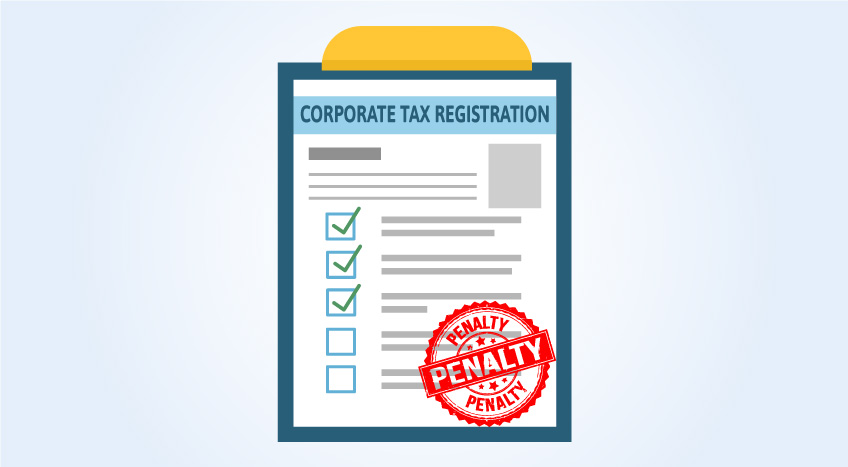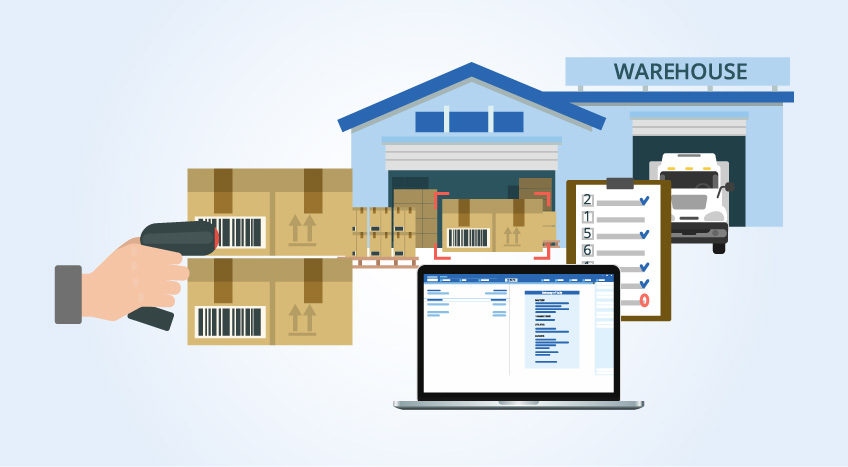Tally Solutions | Updated on: August 25, 2022
Under VAT, the treatment of export of goods, i.e. movement of goods from UAE to a person located outside UAE, depends upon whether the recipient is located in a GCC VAT implementing State or not. In this article, let us understand the treatment of export of goods from UAE to a non GCC VAT implementing State.
Non-GCC VAT implementing States
A non-GCC VAT implementing State can be a State within the GCC territory which has not implemented VAT and also, a country outside of the GCC territory. In the GCC territory, only UAE and the Kingdom of Saudi Arabia have implemented VAT currently. Hence, export of goods from UAE to any GCC State except Saudi Arabia and any country outside of the GCC region will be discussed in this article.
Types of exports
When goods are exported from UAE to a non-GCC VAT implementing State, the export can be of 2 types:
- Direct exports
- Indirect exports
Direct exports
Direct exports are exports where the supplier is responsible for arranging the transportation of goods or appoints an agent to do so on his behalf.
Indirect exports
Indirect exports are exports where the recipient is responsible for arranging the collection of goods from the supplier in UAE and who exports the goods himself, or has appointed an agent to do so on his behalf.
Direct export to a non-GCC VAT implementing State
A direct export to a non-GCC VAT implementing State will be a zero rated supply, provided the following conditions are met:
- The goods should be physically exported or put into a customs suspension regime within 90 days from the date of supply.
- Official and commercial evidence of the export or customs suspension should be retained by the exporter.
Indirect export to a non-GCC VAT implementing State
An indirect export to a non-GCC VAT implementing State will be a zero rated supply, provided the following conditions are met:
- The goods are physically exported or put into a customs suspension regime within 90 days from the date of supply under an arrangement agreed by the supplier and recipient on or before the date of supply.
- The recipient should obtain official and commercial evidence of the export or customs suspension and should provide the supplier with a copy of the same.
- The goods should not be used or altered in the time between supply and export or customs suspension, except to the extent necessary to prepare the goods for export or customs suspension.
- The goods should not leave UAE in the possession of a passenger or crew member of an aircraft or ship.
- The recipient should not have a Place of Establishment or Fixed Establishment in UAE, should not reside in UAE and should not have a Tax Registration Number in UAE.
Read more about UAE VAT
UAE VAT Return, VAT in UAE, How Does VAT System Works, Frequently Used Terms in VAT, VAT Exempt Supplies in UAE, VAT Return Form 201, Tax Audit under VAT in UAE, Supply under UAE VAT, Supply of Goods and Services in UAE VAT, Input Tax Recovery under VAT in UAE, VAT Return Filing in UAE, VAT Return Filing Period in UAE, Tax Agent under UAE VAT, Export of Goods to GCC VAT Implementing States, UAE Exports of services to outside the GCC Territory, Accounts & Bookkeeping Records under VAT
VAT Payment
VAT Payment in UAE, How to Make VAT Payment using GIBAN, How to make VAT Payment to FTA in UAE, VAT Payment on Import of Goods in UAE, VAT Payment through e-guarantee in UAE, VAT payment on commercial property in FTA Portal, VAT payment on import in FTA portal
VAT Rate
VAT Rate in UAE, VAT Rates Applicable to Education Sector in UAE, Difference between Zero Rate, Exempt and Out of Scope Supplies in UAE VAT, UAE VAT Rates- Handbook, Standard Rated Purchases/Expenses in VAT Form 201, How to Furnish Standard Rated Supplies in VAT Return Form 201, Zero-Rated and Exempt Supplies in VAT Form 201, Zero-Rated Supplies in UAE VAT
Latest Blogs

How to Register for Corporate Tax in the UAE

Late Registration Penalties in UAE Corporate Tax




